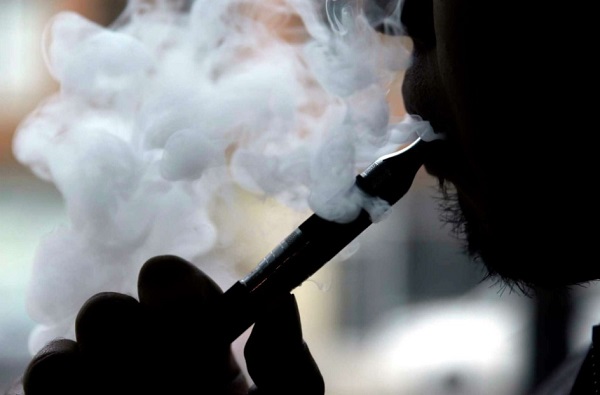Despite a two-decade global decline in traditional tobacco use, the World Health Organisation (WHO) has sounded the alarm over a new surge in nicotine addiction fueled by e-cigarettes and other emerging tobacco products, particularly among young people.
According to a new WHO global report, the number of tobacco users worldwide has dropped from 1.38 billion in 2000 to 1.2 billion in 2024 — a 27 percent reduction. However, one in every five adults across the globe remains addicted to nicotine.
More concerning, the report revealed that over 100 million people now use e-cigarettes, including about 15 million adolescents aged 13 to 15, who are on average nine times more likely to vape than adults.
WHO Director-General Dr. Tedros Adhanom Ghebreyesus described the trend as a “fightback” by the tobacco industry, accusing it of using sophisticated marketing strategies and sleek new nicotine products — such as e-cigarettes, heated tobacco, and nicotine pouches — to hook the next generation of users.
“Millions are quitting thanks to tobacco control efforts,” he said. “But the tobacco industry is fighting back with new products aggressively targeting young people. Governments must act faster and stronger in implementing proven tobacco control policies.”
For the WHO Director of Health Determinants, Promotion and Prevention, Dr Etienne Krug, “E-cigarettes are fuelling a new wave of nicotine addiction. They are marketed as harm reduction but, in reality, are hooking kids on nicotine earlier and risk undermining decades of progress.”
The report shows that women are leading the global quit revolution. Between 2010 and 2024, the number of female tobacco users fell sharply from 277 million to 206 million, reducing global prevalence among women from 11% to 6.6%. Women met the global 30% reduction target for 2025 five years early, in 2020.
Men, however, lag behind. With nearly one billion still using tobacco, men account for over 80% of global users. Their prevalence dropped from 41.4% in 2010 to 32.5% in 2024, but at a pace too slow to meet global targets before 2031.
WHO’s analysis presents a mixed picture of global tobacco use. South-East Asia recorded the most progress, with male tobacco use nearly halved, from 70 percent in 2000 to 37 percent in 2024, accounting for over half of the global decline.
The Americas followed with a 36 percent relative reduction, bringing prevalence down to 14 percent.
In contrast, Africa recorded the lowest prevalence globally at 9.5 percent, but population growth continues to push up the absolute number of users.
Europe now stands out as the world’s highest-prevalence region, with 24.1 percent of adults still using tobacco. European women also have the highest female tobacco use globally, at 17.4 percent.
The Eastern Mediterranean region reported a prevalence rate of 18 percent, with some countries showing rising trends, while the Western Pacific region showed the slowest progress. 22.9 percent of adults still use tobacco, with men in the region recording the world’s highest prevalence at 43.3 percent.
WHO is calling for urgent action from governments to step up the fight against tobacco and nicotine products. The global health organisation recommends countries adopt and enforce the MPOWER package, a set of proven tobacco control measures under the WHO Framework Convention on Tobacco Control (FCTC).
Key actions include raising tobacco taxes, banning advertising and sponsorships, closing regulatory loopholes for emerging products like e-cigarettes, and expanding cessation services to help millions quit.
“Nearly 20% of adults still use tobacco and nicotine products. We cannot let up now,” warned Dr Jeremy Farrar, WHO Assistant Director-General for Health Promotion and Disease Prevention. “The world has made gains, but stronger, faster action is the only way to beat the tobacco epidemic.”
The WHO’s warning underscores a troubling paradox: while traditional tobacco smoking is declining, the nicotine industry is reinventing addiction through modern technology and youth-focused marketing.
Without stronger regulations and renewed political will, experts warn, a new generation could be trapped in the cycle of nicotine dependence just as the world was beginning to win the fight against it.


















